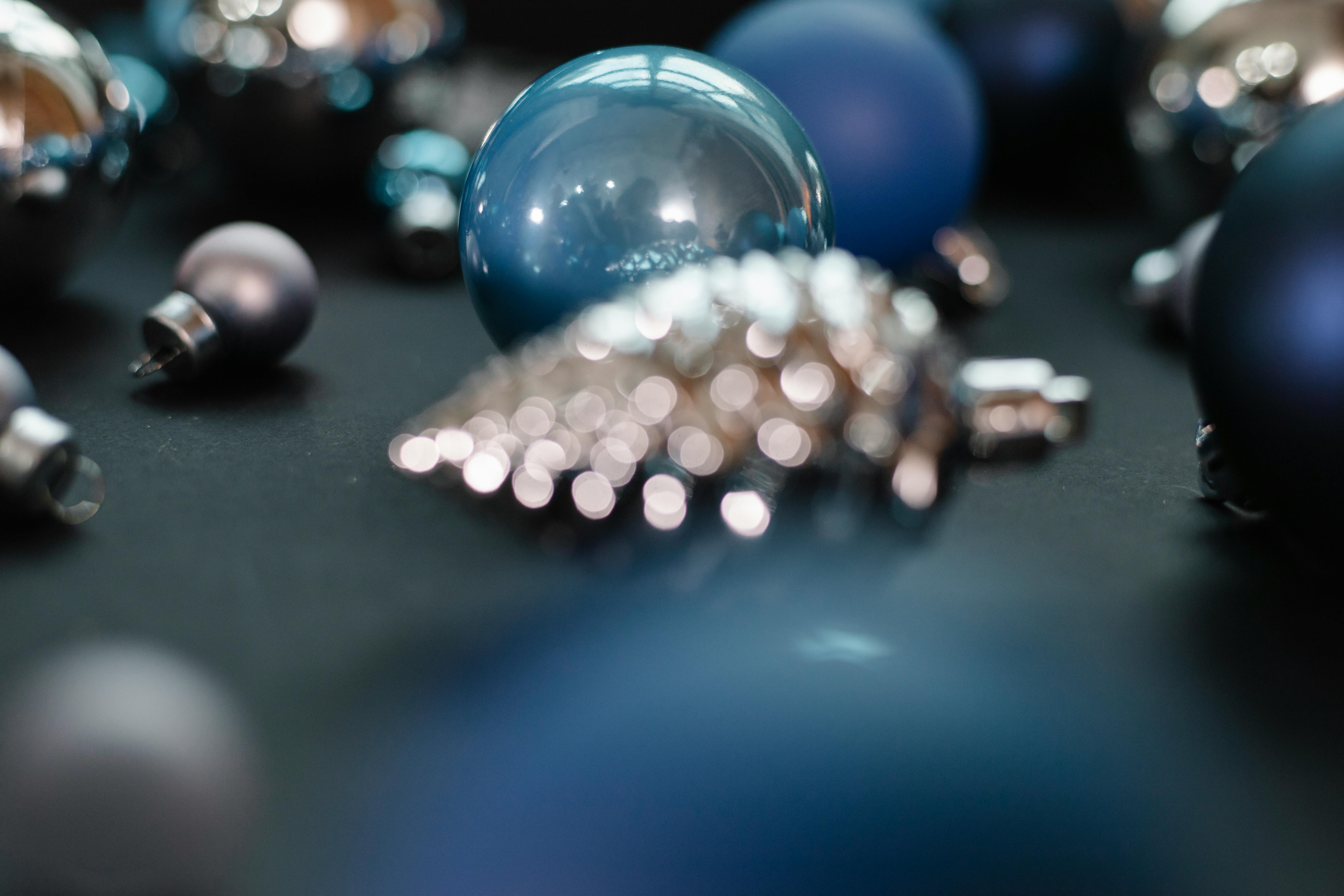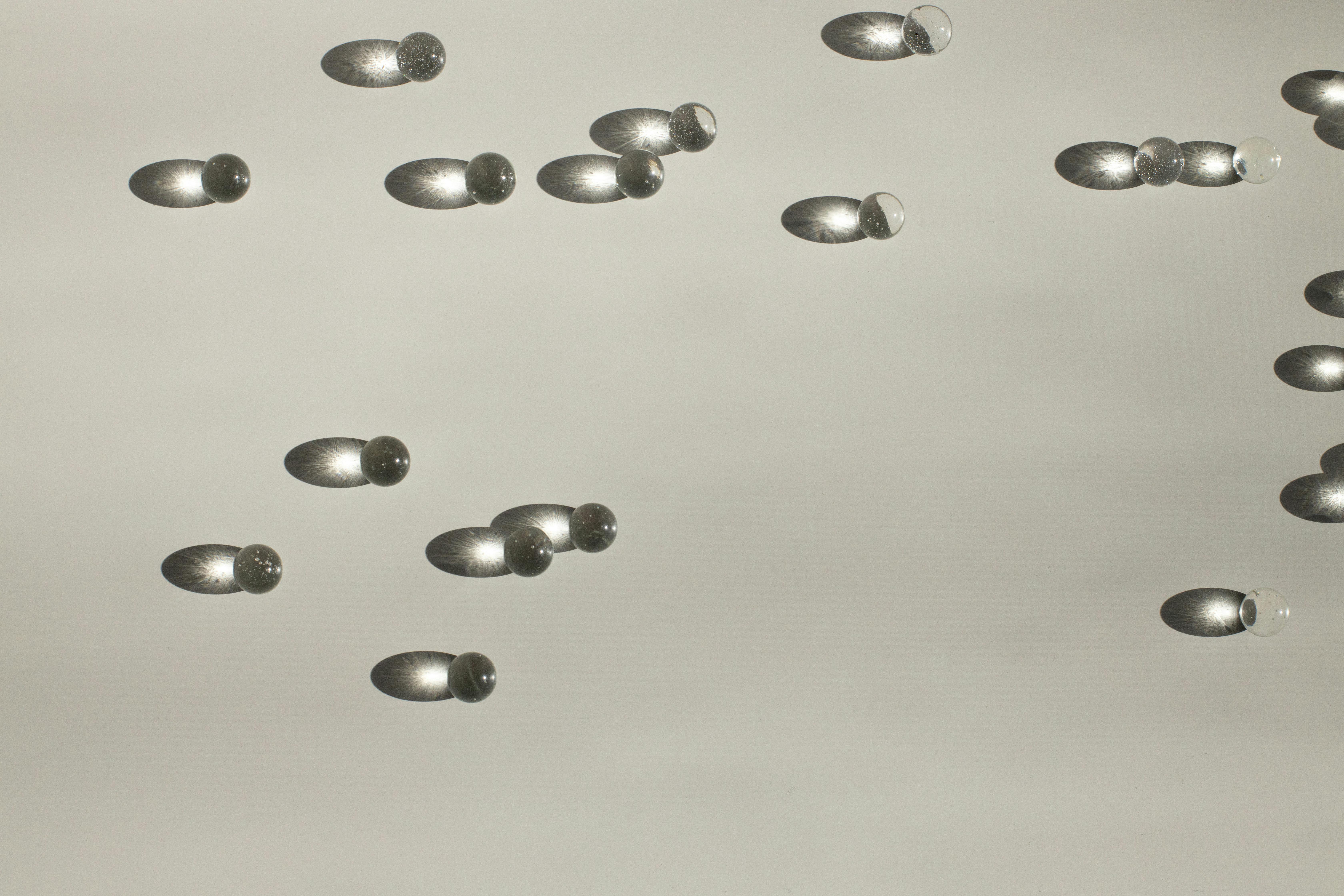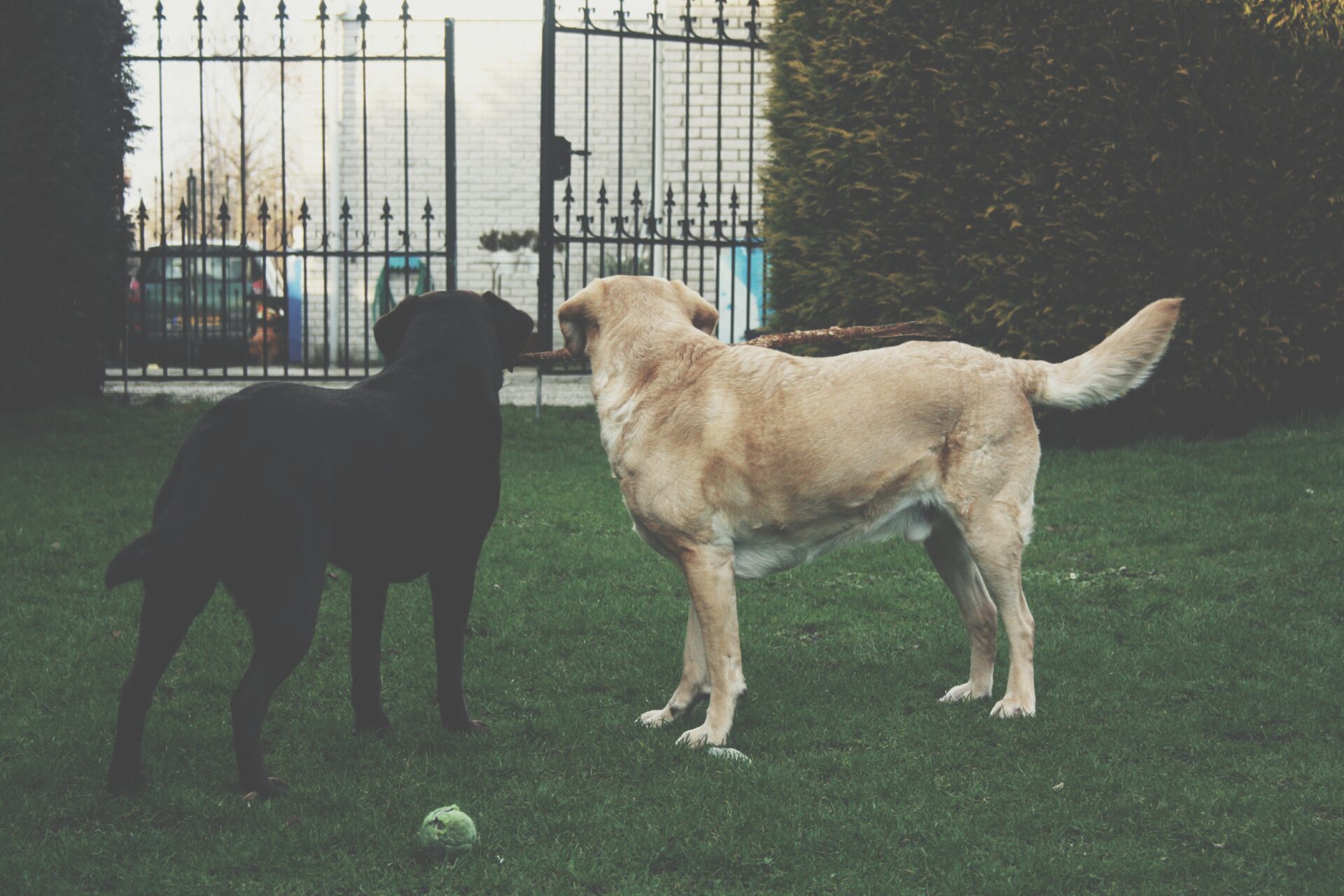Dryer balls are becoming an increasingly popular way to reduce energy consumption and save money on laundry. But if you’re new to using them, you may be wondering how many dryer balls per load are the best for optimal results. In this article, we’ll discuss the recommended number of dryer balls to use per load and the benefits of using them. We’ll also discuss some tips for using them correctly.Dryer balls are round, wool-covered, plastic-sphere shaped objects that are used in a clothes dryer to separate clothing during the drying cycle. They help reduce drying time and improve the efficiency of the dryer. Additionally, they can be used to help soften fabric and reduce static cling.
Does Size Matter When Choosing A Dryer Ball?
When it comes to choosing a dryer ball, size does matter. Dryer balls are designed to help reduce drying time, soften fabrics, and reduce static cling. The size of the dryer ball you choose will depend on the size of your load and type of fabric you are drying.
Smaller dryer balls are great for small loads or delicate fabrics that can be easily damaged by a larger dryer ball. For instance, if you are washing a small load of delicates such as lingerie or baby clothes, a smaller dryer ball is ideal because it won’t damage the fabrics while still providing the same benefits as a larger one would.
Larger dryer balls are best for larger loads and thicker fabrics such as towels or blankets. These types of fabrics require more agitation to be thoroughly dried and can benefit from a larger dryer ball that will provide more movement during the drying cycle.
No matter what size dryer ball you choose, make sure it is made with natural materials such as wool or cotton, so that it won’t damage your clothes while still providing all the benefits that come with using a dryer ball. Wool is especially effective at reducing drying time and softening fabric, so if you have the option to choose between wool and synthetic materials for your dryer balls, opt for wool every time!
In short, when choosing a dryer ball, make sure to take into consideration the size of your load and type of fabric being dried in order to find an appropriately sized one to get optimal results!
What Benefits Come From Using Dryer Balls?
Dryer balls are a great alternative to using fabric softeners and dryer sheets. They are made from natural materials and can be used over and over again, helping to reduce waste. They can also save you money in the long run since you don’t have to buy fabric softener as often.
Dryer balls work by agitating fabrics in the dryer. This helps to break up clumps of fabric, allowing air to flow more easily and speed up the drying process. This reduces energy usage and makes it easier to get clothes dry faster. They also help reduce wrinkles, static cling, and lint build up in your clothes.
Another benefit of using dryer balls is that they don’t contain any harsh chemicals like fabric softeners or dryer sheets do. This makes them a great option for people who have sensitive skin or allergies, as well as for those who want to avoid using chemical-based products in their laundry routine.
Dryer balls also help keep clothes smelling fresh without the need for artificial fragrances or scents. You can add a few drops of essential oils directly onto the balls if you want a pleasant scent on your laundry without exposing yourself to any chemicals.
Overall, there are many benefits that come from using dryer balls. They save money, reduce energy use, help prevent wrinkles and static cling, are free from harsh chemicals, and can be used over and over again with no waste created. If you’re looking for an eco-friendly way to get your laundry done quickly without sacrificing quality or comfort then dryer balls might be just what you need!
How Many Dryer Balls Should I Use?
Using dryer balls is a great way to reduce drying time, save energy, and soften clothes. But how many should you use? The answer ultimately depends on the size of your load and the type of fabric you’re drying. Generally speaking, it’s best to use two or three dryer balls for a small load, four or five for a medium load, and six for a large load. For larger loads of bulky items such as towels or comforters, you may need to use more.
It’s also important to consider the type of fabric you’re drying. Delicate items such as lingerie or baby clothes may require fewer dryer balls than heavier fabrics such as denim. When in doubt, start with fewer dryer balls and add more if needed. You can always add more if the clothes are not softening enough.
Finally, it’s important to keep your dryer balls clean and free from lint build-up. After each use, take them out of the dryer and give them a quick shake to remove any lint that has accumulated on them during the drying cycle. This will help ensure that they continue to do their job effectively and that your clothes come out softer and fluffier every time!
Plastic vs Wool Dryer Balls
Dryer balls are used to reduce drying time, decrease static cling, and soften fabrics in the dryer. While there are many types of dryer balls on the market, two of the most popular materials used are plastic and wool. Plastic dryer balls often come in a set of two or three and are filled with air or sometimes weighted pellets. The balls tumble in the dryer with your clothes and help to lift and separate them for faster drying times. Wool dryer balls, on the other hand, are typically sold individually. They are made from 100% wool fibers that help to soften fabrics without the use of any chemicals or synthetics. These wool fibers also help reduce static cling by distributing moisture more evenly throughout your laundry load.
When it comes to performance, both types of dryer balls can be effective at reducing drying times and softening fabrics. However, wool dryer balls tend to be more eco-friendly as they do not contain any synthetic materials or chemicals. Additionally, wool dryer balls can last up to 1000 loads whereas plastic ones may need to be replaced after several hundred loads as their air pockets can become punctured over time.
In terms of cost-effectiveness, wool dryer balls tend to be more expensive upfront but last longer than plastic ones so in the long run they may actually save you money. Additionally, many people prefer the natural properties of wool over synthetic materials when it comes to softening their laundry loads.
Overall, both plastic and wool dryer balls can be effective at reducing drying times and softening fabrics in the dryer. However, if you’re looking for an eco-friendly option that will last longer than plastic ones then wool dryer balls may be your best bet.

Dryer Balls: How Can I Tell If My Dryer Balls Need Replacing?
Using dryer balls is a great way to reduce drying time, soften clothes, and reduce static. But how can you tell if your dryer balls need to be replaced? With regular use, it’s important to know when it’s time to replace your dryer balls. Here are a few signs that indicate it’s time for new ones:
1. The Dryer Balls Are No Longer Effective – If you’ve been using the same set of dryer balls for a while and have noticed that they are no longer as effective as they were when you first purchased them, then it may be time to replace them. Over time, the material on the surface of the balls can wear down and become less effective at softening fabrics and reducing drying time.
2. You Notice Unusual Odors – If you notice an unusual odor coming from your clothes after running them in the dryer with the dryer balls, then it could be a sign that they need replacing. Odors can occur when particles from the material on the surface of the balls begin to get stuck in your clothing during the drying process.
3. Visual Inspection – Inspecting your dryer balls visually is another way to determine whether or not they need replacing. Look for any signs of wear and tear like fraying or cracks in the material on the surface of each ball. If any of these signs are present, then it may be time for new ones.
By regularly inspecting and replacing your dryer balls when necessary, you can ensure that they continue working effectively and keep your laundry looking its best!
Other Ways to Reduce Drying Time Besides Using Dryer Balls
Drying clothes can be a time-consuming chore, but there are ways to reduce the amount of time you spend in front of the dryer. In addition to using dryer balls, which help to fluff the laundry and absorb some of the moisture, there are other techniques you can employ to reduce your drying time.
One option is to make sure that your laundry is sorted correctly. Lighter materials like cotton require less time in the dryer than heavier materials like denim and towels. Separating clothes by material weight can help minimize the amount of time it takes to dry a load of laundry.
Another tip is to clean out your lint filter regularly. A clogged lint filter can make it more difficult for hot air to circulate through a load of laundry, meaning that it will take longer for clothes to get fully dry. Cleaning out the lint filter before each use can help ensure that your machine is working efficiently and drying your clothes quickly.
It is also important not to overload the machine when you are drying clothes. When there is too much laundry in a single load, hot air won’t be able to move freely around each piece of fabric, resulting in longer drying times overall. Try not to exceed the maximum capacity listed on your machine’s door or instructions manual for best results.
Lastly, consider investing in a high-efficiency dryer or installing an additional ventilation system if you find yourself doing multiple loads of laundry each week. High-efficiency machines tend to use less energy and get clothing drier faster; they also generate less heat so they are better for those who have allergies or sensitive skin. Installing an additional vent may also help speed up drying times as it allows air from outside the home or building to circulate through the dryer more quickly and easily.
Can I Use Essential Oils Or Fragrances With My Dryer Balls?
Yes, essential oils and fragrances can be used with dryer balls. They can help give your laundry a light, pleasant scent. However, it is important to note that adding essential oils or fragrances to your dryer balls should be done sparingly and with caution. Too much oil can leave a residue on the fabric, which can cause skin irritation or even staining. Additionally, they can damage the natural fibers of the fabric if used too frequently or in too large of quantities.
When using essential oils or fragrances with your dryer balls, start by adding only 1-2 drops of oil onto each ball. This will help spread the scent throughout your laundry without over-saturating it. Be sure to select an oil that is safe for use on fabrics and will not cause any staining or irritation. Additionally, you may want to consider purchasing special dryer balls that are designed specifically for use with essential oils and fragrances. These are made from natural materials such as wool or bamboo and are better equipped to handle the oils without leaving any residue behind.

Conclusion
Generally, the amount of dryer balls that you need per load will depend on the size of the load and the type of fabric. For smaller loads, using two to three dryer balls will usually be enough to achieve good results. For larger loads, you may need to use four or more dryer balls. Additionally, using fewer dryer balls with heavier fabrics such as towels will help prevent them from becoming overly tangled.
In conclusion, when it comes to how many dryer balls per load, it really depends on your specific needs. Fortunately, there are a variety of sizes available so you can find one that works best for you. With a bit of experimentation, you should be able to find the perfect combination for your laundry routine.




